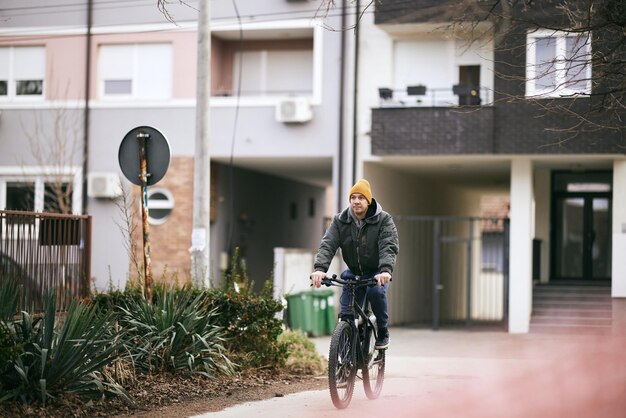What You Need to Know About Studio Apartments
In the bustling urban landscape, where space is at a premium and every square foot counts, the studio apartment has emerged as a popular and practical choice. This compact, efficient living space combines the bedroom, kitchenette, and living room into a single open area, often accompanied by a separate bathroom. Whether you're a young professional just starting or an older individual looking to downsize, studio apartments offer several appealing features.
The Appeal of Studio Apartments
Affordability and Convenience: One of the most significant benefits of choosing a studio apartment is its affordability. In major cities, where rent prices can skyrocket, a studio offers a more budget-friendly option without sacrificing the essentials of modern living. Utilities like electricity and heating also become cheaper, given the smaller space to manage.
Minimalistic Living: Living in a smaller space encourages minimalism, compelling residents to prioritize possessions and declutter regularly. This lifestyle can lead to increased efficiency and reduced stress, as maintaining a clean and organized living area becomes straightforward.
Urban Living: Studio apartments excel in providing access to city amenities. Often located in central areas, residents enjoy shorter commutes, easy access to public transport, and proximity to vibrant cultural hubs, shopping, and dining experiences.
Financial Assistance for Housing
Considering the financial aspects of renting a studio apartment, it's crucial to explore available government aid programs and financial assistance. These resources can significantly alleviate the financial burden of rent and other living expenses.
Government Aid Programs
Various government-supported housing programs offer financial aid and subsidies for eligible individuals. Programs such as Section 8 housing vouchers are designed to help low-income families, seniors, and the disabled afford decent, safe, and sanitary housing in the private market.
Debt Relief and Credit Solutions
Navigating financial challenges involves understanding credit and debt options. If you're managing significant debt or juggling multiple loans, assistance programs can help. Debt consolidation loans or credit counseling services provide guidance and solutions tailored to individual situations, helping improve credit scores and manage debts more effectively.
Educational Opportunities and Grants
For those embarking on or continuing their educational journey, grants and scholarships can be indispensable. Many institutions offer financial aid packages, and federal programs like the Pell Grant provide funding to eligible students pursuing undergraduate degrees.
Exploring these options can not only help alleviate financial challenges associated with renting a studio apartment but also enhance personal growth and stability in the long term.
With studio apartments offering a practical solution for urban living, understanding the financial landscape is key to making informed decisions. Here are some noteworthy resources to consider:
- 🏠 Section 8 Housing Assistance: Provides rental subsidy to qualifying individuals.
- 💳 Debt Consolidation Loans: Simplifies debt repayments through manageable monthly payments.
- 📚 Pell Grants: Federal assistance for low-income undergraduate students.
- 🏦 Credit Counseling Services: Offers personalized debt management plans.
- 📈 State Housing Programs: Additional resources tailored to specific state needs.
These programs and opportunities provide critical support as you navigate the complexities of renting a studio apartment, ensuring a stable and affordable living situation. Embracing financial literacy and seeking assistance where needed can transform the studio apartment experience into an empowering and rewarding choice.
